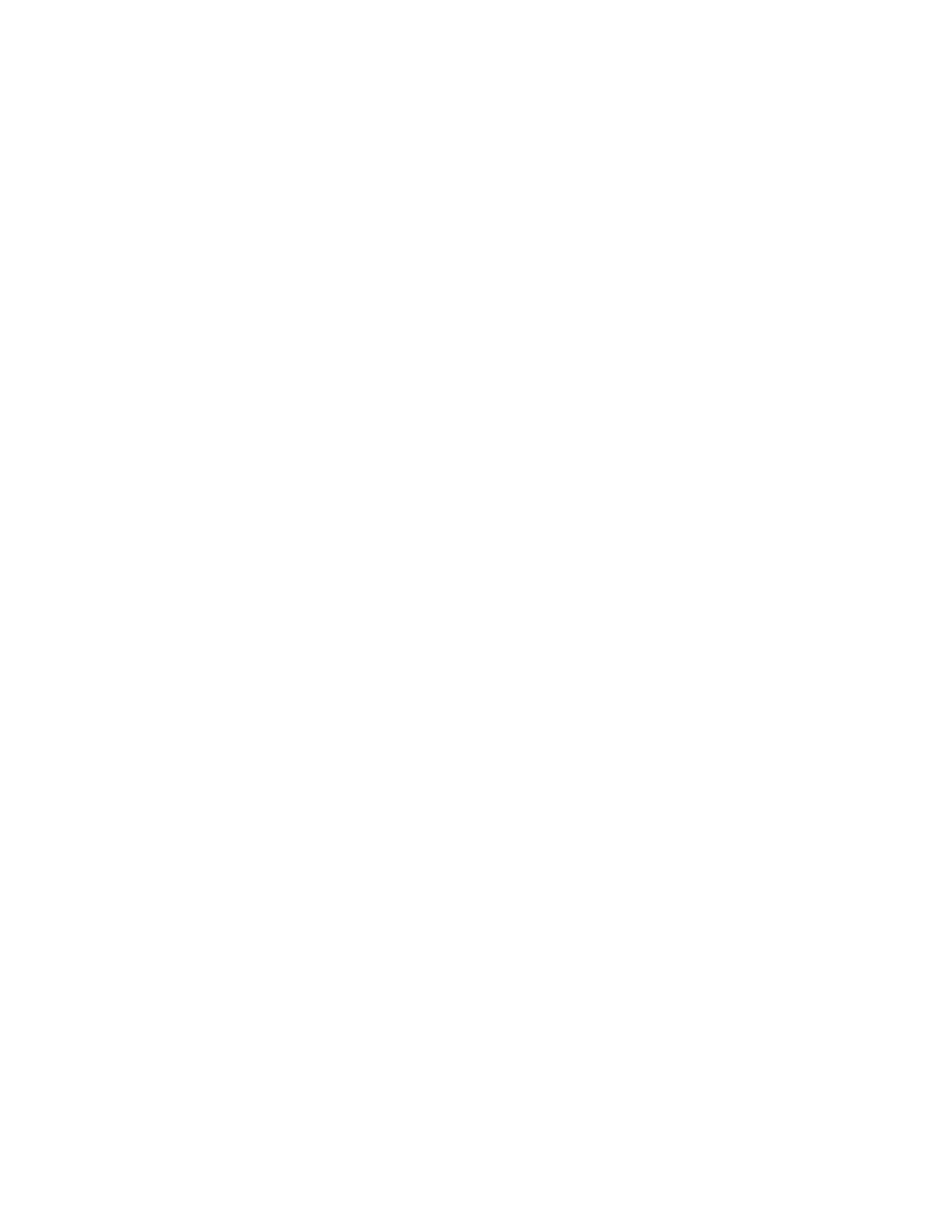49
LOW FREQUENCY OSCILLATORS (Continued)
SAWTOOTH (SAW / RAMP)
The relationship between a Sawtooth Wave and Ramp Wave is based on the ratio of rise time to fall time.
The Sawtooth has an immediate rise and a slower fall, the Ramp Wave has a gradual rise and an immediate
fall. The transition from Sawtooth (0%) to Ramp (100%) is determined by the VARIATION parameter.
S-H (S-H / NOISE)
Sample & Hold takes an instantaneous sample (reading) of the noise signal and holds it until the next
clock cycle, when another sample is taken, etc. The Noise LFO is a continuously-changing random
value, derived from white noise. The transition from Sample & Hold (0%) to Noise (100%) is determined
by the VARIATION parameter.
POLARITY (UNIPOLAR, BIPOLAR)
When the Polarity is set to Unipolar, the lowest point on the wave cycle is dened as having a value
equal to zero; all values above will be in the positive domain. With Polarity set to Bipolar, the centerline
of the wave is dened as having a value equal to zero; values above the center line will be in the
positive domain, values below this centerline will be in the negative domain.
START PHASE (0% to 100%)
This parameter determines at what position in the LFO’s cycle it will begin, each time the LFO cycle is
reset. The LFO will reset with each new note-on event if the NOTE-ON RESET parameter is set to On,
or if the value of the Repeats parameter is set to an integer. The LFO will also reset to this Start Phase
position on Master Clock Start, if the LFO SYNC parameter is set to On.
SYNC (ON, OFF)
When Sync is Off, the LFO is free to run at its own speed and clock rate. When Sync is On, the LFO and
Master Clock are synchronized, and the Master Clock determines the LFO Rate.
NOTE: When Sync is selected here, rotating the LFO RATE knob on the Front Panel will select quantized
clock divisions (see below) of the Master Clock.
SYNC DIVISION (64, 32, 16, 8, 4, 2, 1, 1/2, 1/4, 1/8, 1/16, 1/32, 1/64)
When Sync’d, the Master Clock provides a tempo base; divisions of that Master Clock are used to set
the LFO Rate. Changing the Sync Division species the timing in terms of quarter-note beats.
SYNC TIMING (STRAIGHT, DOTTED, TRIPLET)
When Sync’d, Sync Timing provides a further modication of the Master Clock. Here the timing of each
note played can be set relative to the Master Clock.
STRAIGHT
The timing of each step is played as specied by the Sync Division.
DOTTED
The timing of each step is modied to play as a dotted note, or at 1.5 x the value specied by
the Sync Division.
TRIPLET
The timing of each step is modied to play as if it were one note in a triplet, or at 2/3rds of the
value specied by the Sync Division.
NOTE-ON RESET (OFF, ON)
With this parameter set to On, the LFO begins a new cycle with each new note on-event, beginning
from the value specied in the START PHASE parameter.
